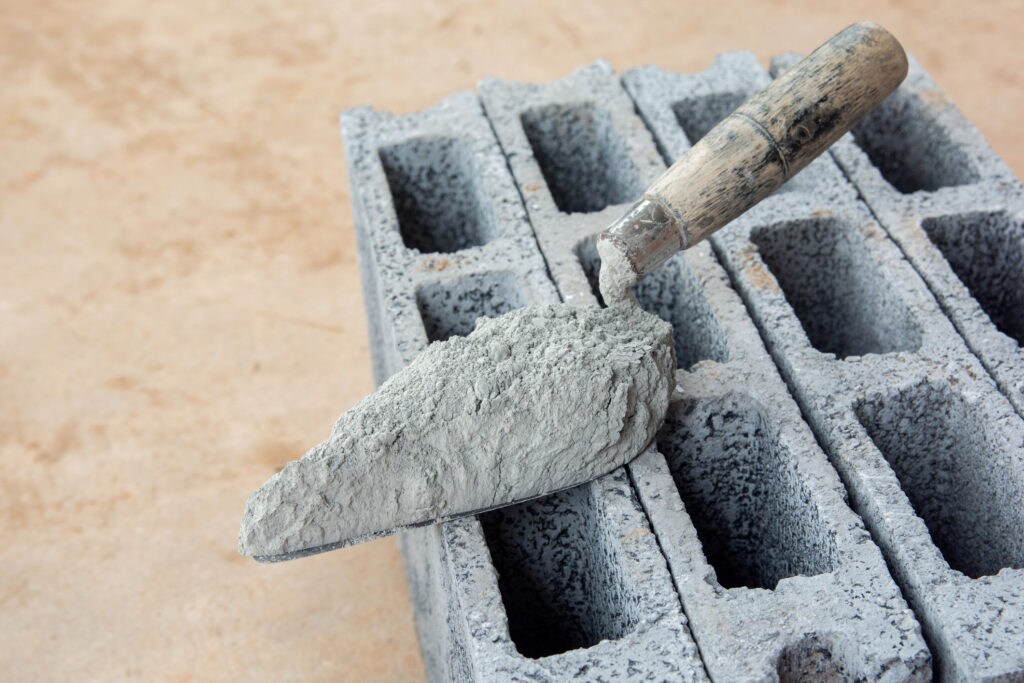 It seems incredible, but cement is the most widely used building material in the modern world. One blogger noted that it has replaced all other building materials, like clay and lime, which ruled high for hundreds of years, in construction. It has an ability to hold the structure together.
It seems incredible, but cement is the most widely used building material in the modern world. One blogger noted that it has replaced all other building materials, like clay and lime, which ruled high for hundreds of years, in construction. It has an ability to hold the structure together.
Concrete is the final product used in buildings, roads, infrastructure, etc., and is made from cement (the grey powdery stuff) mixed with sand, rock, gravel and water. The cement itself is made from calcium, silicon, aluminum, iron and other ingredients including limestone, shells, and chalk or marl, shale, clay, slate, blast furnace slag, silica sand, and iron ore.
The EMR market research company reports that the global cement market achieved 5.17 billion tons in 2020 and the market is expected to grow at 3.3% Compound Annual Growth Rate from 2021 to 2026, and reach 6.08 billion tons by 2026. (Compound Annual Growth Rate is the rate of return that would be required for an investment to grow from its beginning balance to its ending one.) Other notes from EMR:
- The key factors driving the cement market are surely …a rising disposable incomes and the increasing urban population… that are clearly landing to a consequent rising number of residential projects and increasing investments in the construction industry
- The major regional markets for cement are North America, Europe and the Asia Pacific (China, probably the biggest worldwide!), followed by Latin America, the Middle East and Africa where urban population and infrastructures are growing
- The two principal products are Blended cement and Ordinary Portland cement
That’s the industry, now let’s talk about the cement itself.
The specific composition of cement is always based on customers’ specific requests, each requiring a different elemental chemistry or recipe. However, the local availability of raw materials has to be considered as well, and how those raw materials will affects quality.
There are four main stages of the cement production process that help to maintain consistent raw material quality with minimal chemistry deviation, from quarry, to silo, to customer.
- The starting point is the Quarry: the cement production process begins with the extraction of limestone and clay from the quarry.
- The material is then transferred to Crusher and Pre-Blending area where the particle sizes are reduced, and the product is pre-blended to reduce variability in composition. An on-line analyzer can be used for accurate measurement and storage.
- The raw material is than recalled and transferred to the “Raw Mill and Kiln” line where it is blended to the correct recipe by adding with expensive pure additives, then it is dried, ground, and heated into clinker. The importance of this phase is fundamental to the final quality of cement and accurate blending is mandatory.
- Finally, cooled clinker elemental composition is determined, then ground into fine particle and shipped or stored.
Surely the main challenge is to maintain the cement blend and quality throughout the process, by analyzing the product and immediately correcting with reactive machineries so there is little unplanned production downtime. Also, with the high cost of pure additives, it is critical to manage the materials appropriately.
Most cement producers utilize the latest technology and solutions to improve cement manufacturing, to help maintain that quality. Weighbelt feeders are one of the solutions used in cement processing that measures industrial materials at moderate feed rates to reduce material waste, help maintain blend consistency and increase profits.
These belt conveyors are specifically designed for continuous gravimetric metering of bulk solids to a downstream process. The scope of a weigh-belt feeder is to extract the product from a bin (or silo) and maintain blend consistency according to a specific recipe.
A weighbelt feeder keeps the flow rate constant (according to a given pre-set value) to adjust recipes and feeds the exact quantity of product to the next process. Control is maintained by varying the belt speed relative to the weight of material on the belt. The capacity of weighbelt feeder to react and adjust the flow rate is fundamental to meet customer specifications.
A good weighfeeder can help to improve quality of final product and reduce wasting expensive additives.
- Learn more by listening to our free webcast: Weighbelt feeders: The Heart of the Plant




Leave a Reply